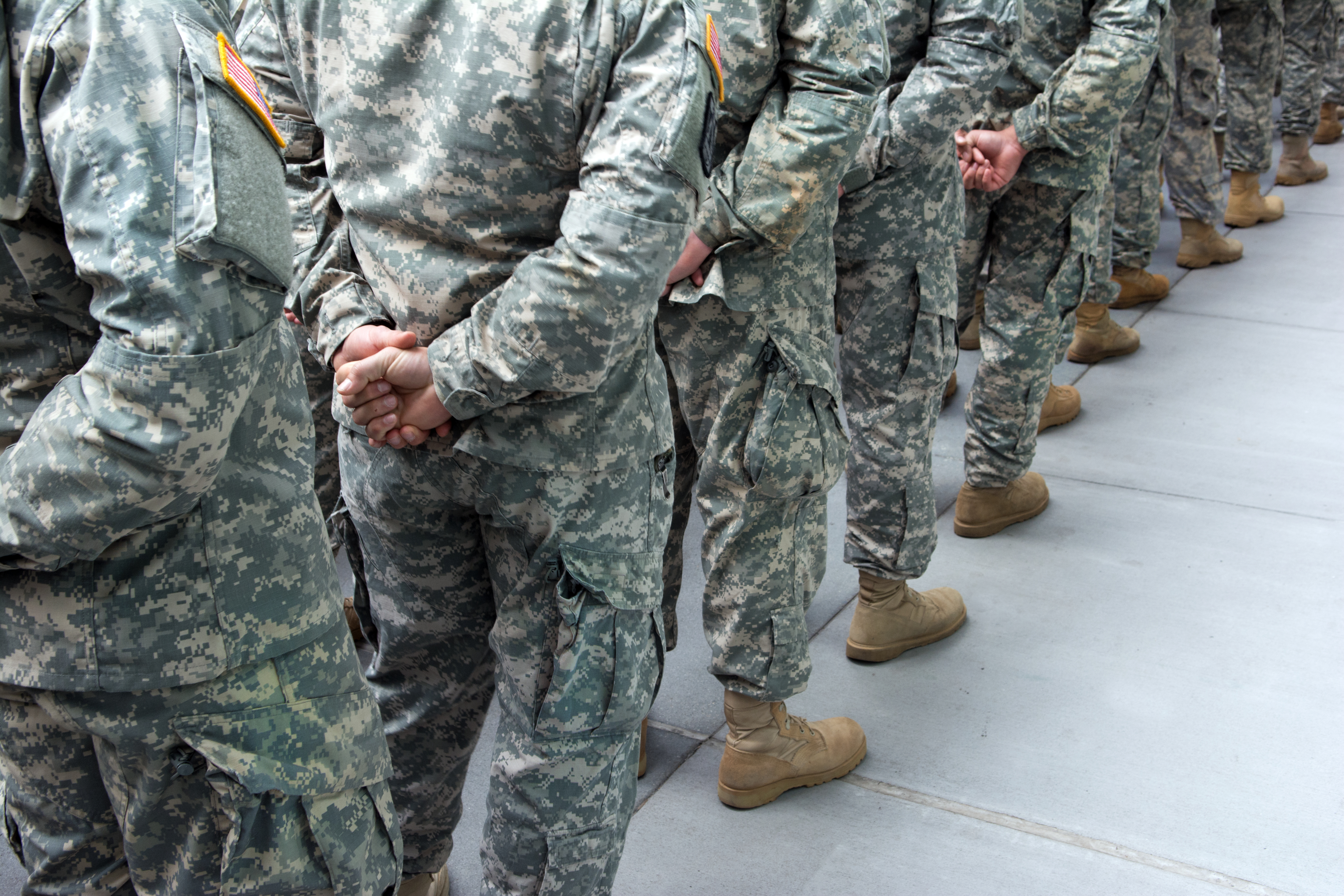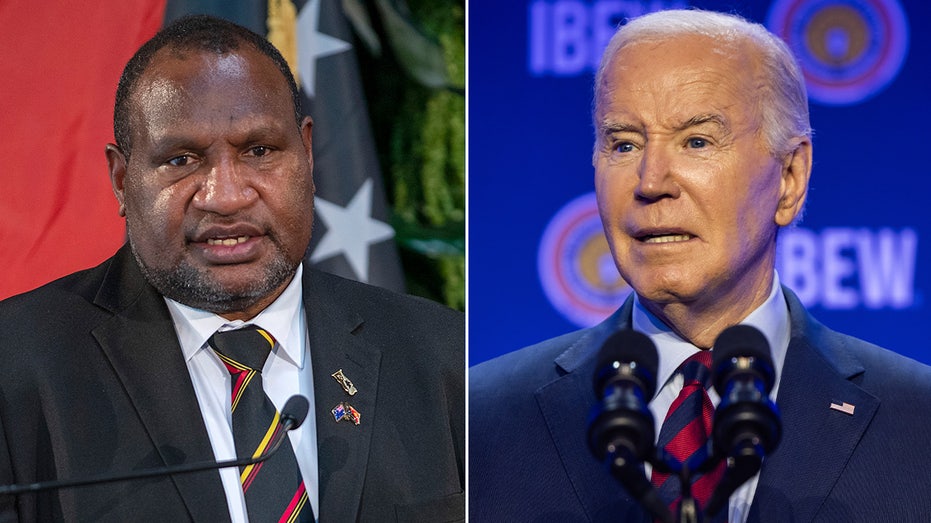US Military Veterans Are Increasingly Turning to Extremism: DOD Report
A study released by the Department of Defence found that veterans being involved in extremism is a growing problem.

A recent study indicates that while active duty members of the U.S. military may not be more likely to be involved in extremist activities than the average American, veterans are.
A study commissioned by the U.S. government in 2021 after the January 6 attack and published in late December 2023, reports that there isn’t a disproportionate number of extremists in the ranks compared to the general populace—despite examples such as active duty military members being involved in neo-Nazi groups and the storming of the U.S. capital. However, what it did find was that there is a growing problem among veterans.
“[The] review found no evidence that the number of violent extremists in the military isdisproportionate to the number of violent extremists in the United States as a whole,” reads the study. “Extremism in the veterans’ community has seen peaks and valleys over recent decades, and currently appears to be on the increase.”
This increase among veterans is growing quickly, the study reports, saying “the rate of military participation in violent extremist incidents… has roughly quadrupled from the two decades before 2010 to the decade after 2010 (or more than doubled, if the events of 6 January 2020, are excluded).”
A separate DOD report, also from December, stated that the Pentagon has investigated 183 instances of extremism in military ranks including 78 cases of troops “advocating for, engaging in, or supporting the overthrow of the U.S. Government or seeking to alter the form of the Government by unconstitutional or other unlawful means.”
The study states that a lack of understanding in the public between active duty and former service members “creates the impression the military has a ‘extremism problem.’” However, the writers acknowledge the outsized impact an active duty service member involved in extremism can have due to military members' access to weapons, training, and classified information. One such individual could “present a risk to the military and the country as a whole.”
The 262-page report came about because of a memorandum issued in 2021 from Secretary of Defense Lloyd Austin to examine extremism in the ranks. The release of the report comes well over a year after it was initially promised, something that led several invested parties like veteran and civil rights groups to write a letter to Austin to demand its release.
The study was conducted by the Institute for Defense Analyses (IDA) from June 2021 to June 2022. To conduct the research the IDA broke into three teams: a social and behavioral sciences team, a law and policy team, and a data and technology team. These teams interviewed over a hundred DOD officials and extremism experts. The study bemoans the lack of data available, something echoed by experts studying the subject, and indicates it is hard to get a true picture of what is happening but used data found in the National Consortium for the Study of Terrorism and Responses to Terrorism database on individuals involved in extremism.
“Nearly half of all individuals with a military background were categorized as individuals who had ‘adhered to anti-government views or were members of organized militias,’” reads the study. “Of these, more than 30 percent were reported to have racist ideologies, and about 10 percent were connected in some way to foreign Salafi Jihadists.”
The report reads that 59 percent of those were caught planning to commit violence and 35 percent were successful.
Another key area that is singled out by the IDA is that the DOD process of authorizing access to information is still focused “ to a significant extent on Cold War threats and threats related to the Global War on Terrorism rather than the threat of home-grown extremism.” In one recent case, it was found a neo-Nazi within the ranks was sharing their privileged information with the enemy in the hopes of creating chaos.
The majority of recommendations laid out in the study are targeted at veterans and not active duty members. The research indicates that it may be the lack of military identity that is leading some of the veteran community to participate in extremist groups. It identifies false and misleading information that can be easily found online as a key vector to radicalize their members and recommends the DoD makes an effort to “build critical thinking in the force by providing training and instruction on how to be a critical consumer of information.”
The pathways to radicalization involve the same “push, pull, and personal factors as pathways to other negative behaviors, including suicide, binge drinking, and drug abuse,” the study found. So, instead of focusing on punitive action against members and veterans found to be involved in extremist activities, the IDA recommends the military treat it as if they were someone with an addiction issue.



